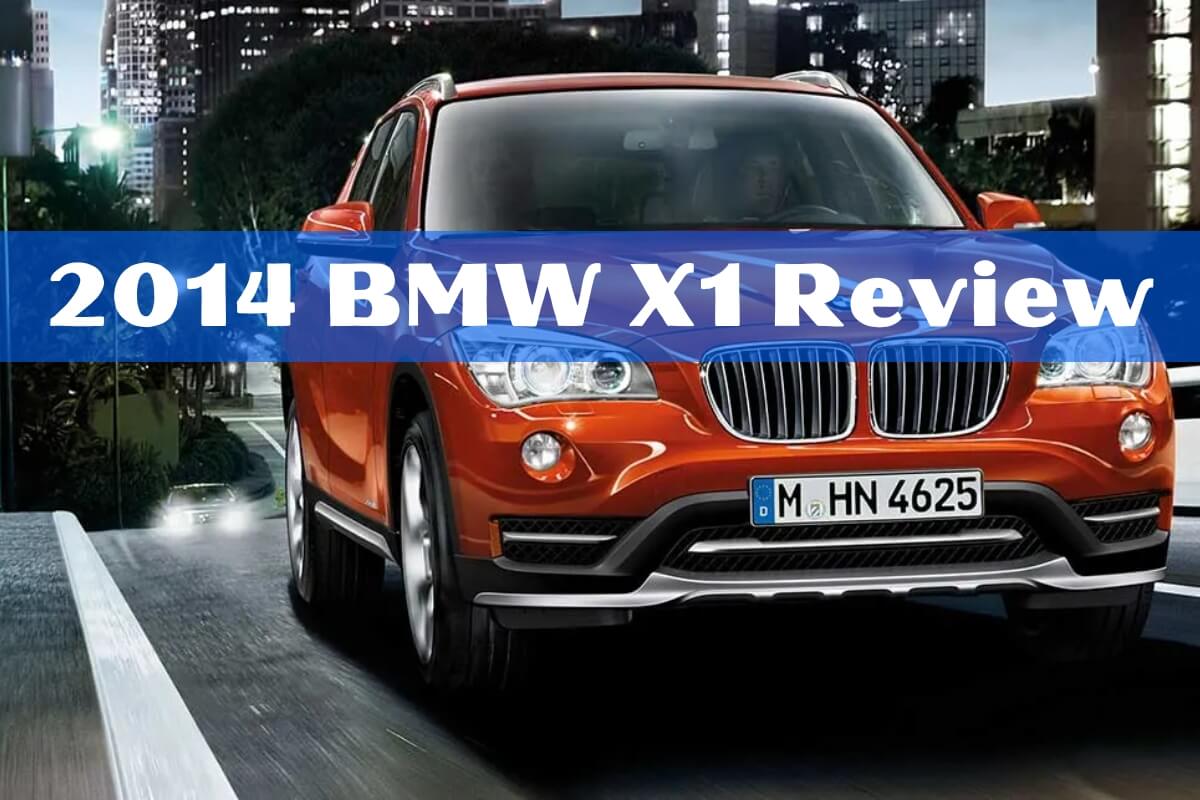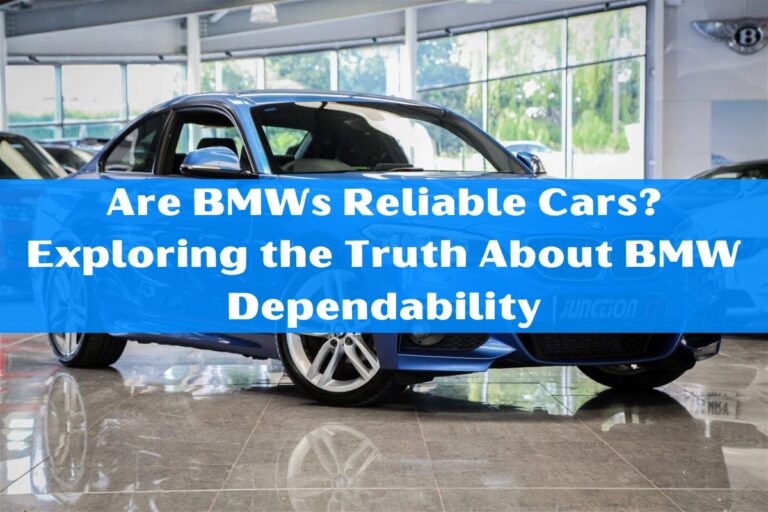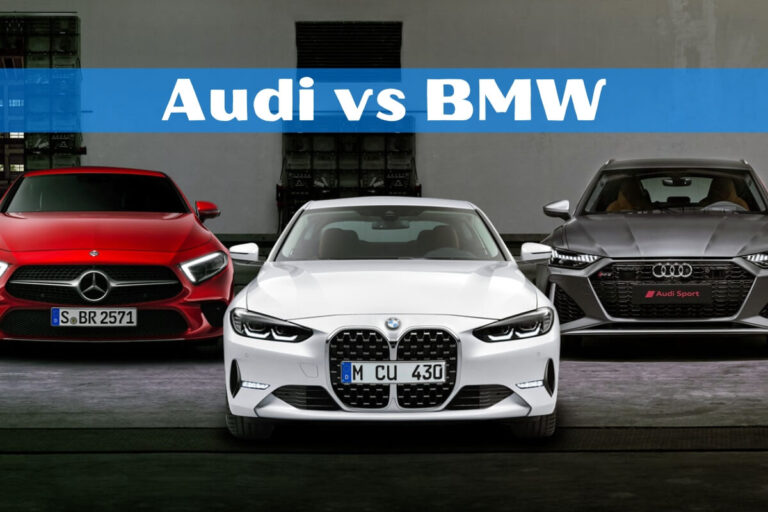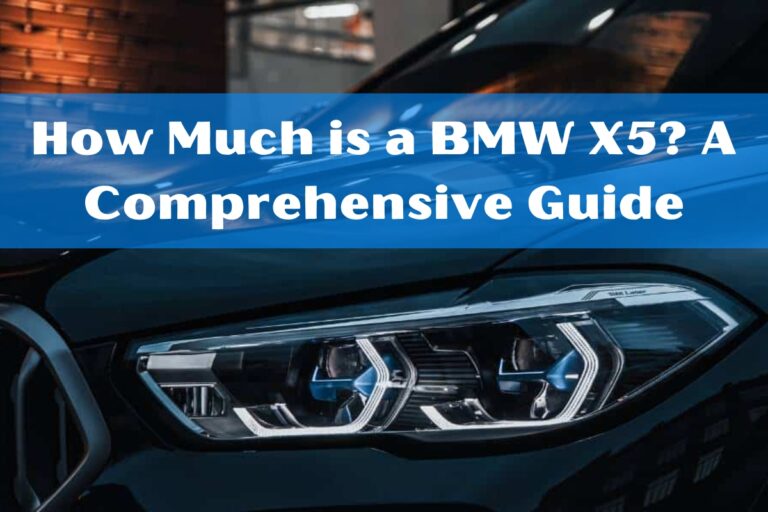2014 BMW X1 Review: Nimble Compact Luxury SUV Analyzed

In the early 2010s, luxury automakers began offering a new type of vehicle to meet growing consumer demand. Aimed at buyers wanting premium amenities without the size and fuel thirst of a mid-size SUV, compact luxury crossovers started hitting the market. One of the first and most compelling entries was the 2014 BMW X1. But how did this nimble, car-based crossover stack up?
The 2014 BMW X1 distinguished itself with sporty performance, premium cabin appointments, and space-efficient packaging – making it a true driver’s crossover ideal for urban environments or active lifestyles that didn’t require maximum cargo capacity.
This detailed review will cover the 2014 X1’s fun-to-drive character, engine performance and efficiency, interior quality and cargo space, safety ratings, pricing and ownership costs compared to rivals, and overall pros and cons to help you decide if this compact BMW crossover is the right used vehicle for you.
What is the 2014 BMW X1?
The BMW X1 was one of the original compact luxury crossover SUVs when it arrived on the market for the 2013 model year. While most rivals utilized car-based front-wheel drive platforms, the rear-wheel drive (or AWD) X1 shared its architecture with the contemporary 3 Series sedans and wagons from BMW.
This gave the X1 a distinctly different style from its boxier crossover competitors. It had a low, sleek shape with a long hood and rearward cabin positioning more akin to a wagon than a traditional SUV. Under the hood resided BMW’s powerful yet efficient turbocharged 4-cylinder and 6-cylinder engines.
The 2014 X1 carried over relatively unchanged from the debut 2013 model year. It came in three trim levels differentiated primarily by drivetrain and engine choice:
- sDrive28i: Rear-wheel drive, 2.0L turbo 4-cylinder (240 hp), 8-speed automatic transmission
- xDrive28i: All-wheel drive, 2.0L turbo 4-cylinder (240 hp), 8-speed automatic
- xDrive35i: All-wheel drive, 3.0L turbo 6-cylinder (300 hp), 6-speed automatic
With a length of just 176.5 inches, the BMW X1 was one of the smallest crossovers on the market. However, its relatively tall 60.8-inch height gave it more interior room than a sedan while still maintaining a very car-like driving experience.
2014 BMW X1 Pricing and Value
When it arrived for 2013, the X1 had one of the lowest starting prices in the BMW lineup at $30,900 for a base rear-drive sDrive28i. Adding all-wheel drive to the xDrive28i brought the MSRP to $32,600.
The top-of-the-line xDrive35i with its turbocharged 6-cylinder started at a loftier $38,800. However, BMW’s traditional value-packed “a la carte” options structure meant most X1 models ended up much pricier once you added common equipment like:
- Premium/convenience packages
- Navigation system
- Leather upholstery
- Heated seats/steering wheel
- Panoramic moonroof
An X1 xDrive28i like the one we tested rung up $41,075 including options and delivery fees. While not unreasonable for a premium compact crossover, it brought the X1 face-to-face with larger luxury models from BMW itself (X3) and competitors.
Still, the X1 could represent excellent value on the used market for shoppers wanting a premium urban runabout or active lifestyle vehicle that provided ample performance without large size or operating costs.
2014 BMW X1 Engine Options and Performance
The 2014 BMW X1 was powered by a pair of gasoline turbocharged engines mated to smooth-shifting automatic transmissions:
2.0L Turbo 4-Cylinder:
- 240 hp and 260 lb-ft of torque
- 8-speed automatic transmission
- 0-60 mph in 6.2 seconds (sDrive28i) or 6.3 seconds (xDrive28i)
3.0L Turbo 6-Cylinder:
- 300 hp and 300 lb-ft of torque
- 6-speed automatic
- 0-60 mph in 5.3 seconds (xDrive35i)
The turbocharged 4-cylinder engine provided plenty of power for daily driving along with excellent fuel efficiency (more on that later). However, some reviewers noted occasional turbo lag when accelerating from a stop.
For buyers wanting maximum straight-line performance and passing power, the 300-hp turbo 6-cylinder in the xDrive35i model was the engine of choice. Its stout 300 lb-ft of torque provided virtually no turbo lag and allowed the X1 to accelerate from 0-60 mph in just over 5 seconds.
Both X1 powertrains were praised for their responsiveness, with the standout being BMW’s 8-speed automatic. It fired off rapid yet smooth shifts that maximized the turbo fours’ powerband while keeping revs down for quieter, more efficient cruising.
The 2014 X1’s Fun Driving Dynamics
With its rear- or AWD layout and relatively low curb weight, the 2014 BMW X1 really shined when it came to driving dynamics and handling. While no compact crossover could match the balanced, sporting feel of a traditional BMW sedan, the X1 came closer than most.
Ex-BMW test drivers raved about the X1’s precise, communicative steering feel and nimble chassis tuning. The suspension definitely prioritized handling over comfort, with a distinctly firm yet well-damped ride quality.
Compared to taller, heavier compact crossovers – many with higher centers of gravity from front-wheel drive architecture – the BMW X1 felt taught, planted and nimble when driving on twisty backroads. It changed directions eagerly and resisted excess body lean.
At the same time, the compliant suspension adeptly soaked up bumps and rough pavement without jarring impacts. It struck a satisfying middle ground between outright sportiness and everyday comfort for urban runabout duty.
Interior Space, Quality and Cargo Room
From the driver’s seat, the 2014 BMW X1 had a quintessentially premium German feel. The interior featured high-end materials, excellent build quality and ergonomically sound control layouts typical of the brand.
Most models came equipped with BMW’s iDrive infotainment system, which controlled audio, available navigation, and various vehicle settings. While controversial in its early iterations, the latest iDrive was lauded for its simple menu structures and quick processing times.
The standard X1 interior appointments felt drab to some reviewers without optional two-tone leather and trim upgrades. But the overall ambiance was cleanly designed in minimalist BMW fashion with a focus on driving pleasure over visual excitement.
In terms of interior space, front seat occupants enjoyed ample room in all directions. However, the X1’s cozy exterior dimensions meant limited rear legroom and headroom for adults. Most reviewers positioned the X1 as fine for very small families, but not ideal if you regularly need to ferry around multiple full-size passengers.
The X1’s cargo capacity reflected its compact footprint, measuring just 14.8 cubic feet behind the second row. That’s tiny for a crossover, though more than you’d find in a sedan trunk. Folding the 40/20/40 split-rear seatbacks expanded room to 47.7 cubic feet, enough space for larger items like sports gear and smaller furniture.
2014 BMW X1 Fuel Economy
Despite their impressive performance capabilities, the BMW X1’s engines also delivered commendable efficiency for compact crossovers of their era. EPA estimates were:
- sDrive28i: 24 mpg city, 34 mpg highway
- xDrive28i: 22 mpg city, 33 mpg highway
- xDrive35i: 18 mpg city, 27 mpg highway
As is often the case for performance vehicles, real-world mpg in the X1 tended to trail official EPA figures to some degree. Still, owners could expect excellent cruising range and reasonable operating costs from these turbocharged engines and slippery aerodynamics.
Those seeking maximum fuel savings would want to stick with the 4-cylinder sDrive28i model. Its 34 mpg highway rating was impressive for a premium crossover, even by today’s standards. For daily commuting or road trips, the rear-drive X1 could reliably return 30+ mpg when driven conservatively.
Safety Ratings and Driver Assistance Features
In insurance industry safety tests conducted by the Insurance Institute for Highway Safety (IIHS), the 2014 BMW X1 earned top “Good” scores in most assessments. This included the moderate front overlap, side impact, roof strength and head restraint tests.
However, the X1 received a second-lowest “Marginal” rating in the IIHS’s newer small overlap front crash evaluation. It’s important to note that most vehicles struggled with this particularly demanding test when it was first introduced.
The National Highway Traffic Safety Administration (NHTSA) did not perform official crash testing on the 2014 X1 compact crossover.
Standard safety equipment on the 2014 X1 included basics like anti-lock brakes, stability control, front side airbags and full side curtain airbags. A brake drying feature also helped maintain maximum stopping power in wet conditions.
Available driver assistance technologies were limited compared to modern luxury vehicles, but could include:
- Rearview camera
- Front and rear parking sensors
- BMW Assist emergency communications
Overall, the X1 offered reasonable crash protection for its era, especially when equipped with active safety options. But shoppers prioritizing leading safety should look to more recently tested and engineered vehicles.
Ownership Costs and Reliability
As with most premium European vehicles, ownership costs for the 2014 BMW X1 ran higher than mainstream compact crossovers. Maintenance, repair bills and associated fees could really add up over time.
Data from automotive repair analytics firm RepairPal estimated the X1 would incur around $17,500 in maintenance and repair costs during the first 10 years of ownership. This figure is over $1,800 higher than the average for luxury compact SUVs.
There was also a 55% chance the X1 would require a major repair during that 10-year window, though BMW did offer extended warranty coverage to help mitigate unexpected bills.
In terms of reliability and dependability, the 2014 X1 earned an above-average predicted reliability score of 3.5 out of 5 from respected data analysts at J.D. Power and Associates. With reasonable care and maintenance, the turbocharged engines and driveline components were expected to provide 200,000 miles of service or more before requiring overhaul or replacement.
How the BMW X1 Stacked Up vs Competitors
For driving enthusiasts who wanted a premium brand badge but didn’t need maximum interior space, the 2014 BMW X1 was an intriguing alternative to larger luxury crossovers like:
- Audi Q5
- Mercedes-Benz GLK
- Acura RDX
- Infiniti QX50 (EX35)
While those competitors offered roomier accommodations for passengers and cargo, none could match the BMW’s precise handling dynamics, powerful turbocharged engines, and space-efficient packaging.
The Land Rover Range Rover Evoque was perhaps the X1’s closest rival in terms of mission and execution. With standard AWD and an off-road biased chassis, the stylish Evoque proved more capable away from paved roads. But the X1 countered with quicker acceleration, better fuel efficiency, roomier cabin, and lower ownership costs.
Should You Buy a Used 2014 BMW X1?
If you’re seeking a premium badge in a compact and agile crossover, the 2014 BMW X1 makes an excellent used vehicle choice for:
- City dwellers who don’t need full-size SUV accommodations
- Active singles or couples hauling recreation gear
- Enthusiasts wanting the brand’s trademark driving dynamics
- Buyers looking for generous features and cabin quality relative to price
On the other hand, those needing roomy seating for family use or maximum cargo versatility would be better served by larger luxury crossovers like the BMW X3 or X5.
Overall, the 2014 X1 provided a distinctly BMW flavor of driving excitement and upscale amenities in a right-sized urban crossover package. Just understand its compact utility constraints and potentially higher long-term ownership costs versus mainstream crossover models.
When shopping for a pre-owned X1, considering a certified pre-owned (CPO) example can provide valuable extended warranty coverage to offset maintenance bills down the road.
When shopping for a pre-owned X1, considering a certified pre-owned (CPO) example can provide valuable extended warranty coverage to offset maintenance bills down the road.
BMW’s certified pre-owned program offered a few different tiers of coverage based on the vehicle’s age and mileage at the time of purchase. The top two tiers – Certified Pre-Owned Elite and Certified Pre-Owned – came with extended warranty coverage beyond the original new vehicle coverage.
For Certified Pre-Owned Elite models like low-mileage X1s, BMW provided an additional 1-year/25,000-mile warranty on top of any remaining original coverage. The mid-tier Certified Pre-Owned added 2-years/50,000-miles of extended protection.
All CPO BMW vehicles underwent a multi-point inspection and reconditioning process before being certified and listed for sale. Additional benefits like 24/7 roadside assistance further added peace of mind.
While a CPO model would cost more upfront than a typical used X1, the extended warranty could Pay off for budget-conscious buyers averse to expensive repair bills down the road. Just be sure to review the CPO paperwork carefully and understand all coverage details.
For shoppers not going the CPO route, securing an extended third-party warranty was another wise option to mitigate long-term maintenance costs on a used 2014 BMW X1.
Let’s Wind UP
the 2014 BMW X1 carved out a unique niche for buyers wanting SUV versatility matched with premium driving dynamics and amenities in a compact, city-friendly footprint. While lacking the spaciousness of larger luxury crossovers, the X1 delivered an engaging driving experience with admirable efficiency and value given its punchy turbocharged engines and upscale appointments. Just be prepared for higher than average maintenance costs inherent to European luxury brands, whether buying new or used.






